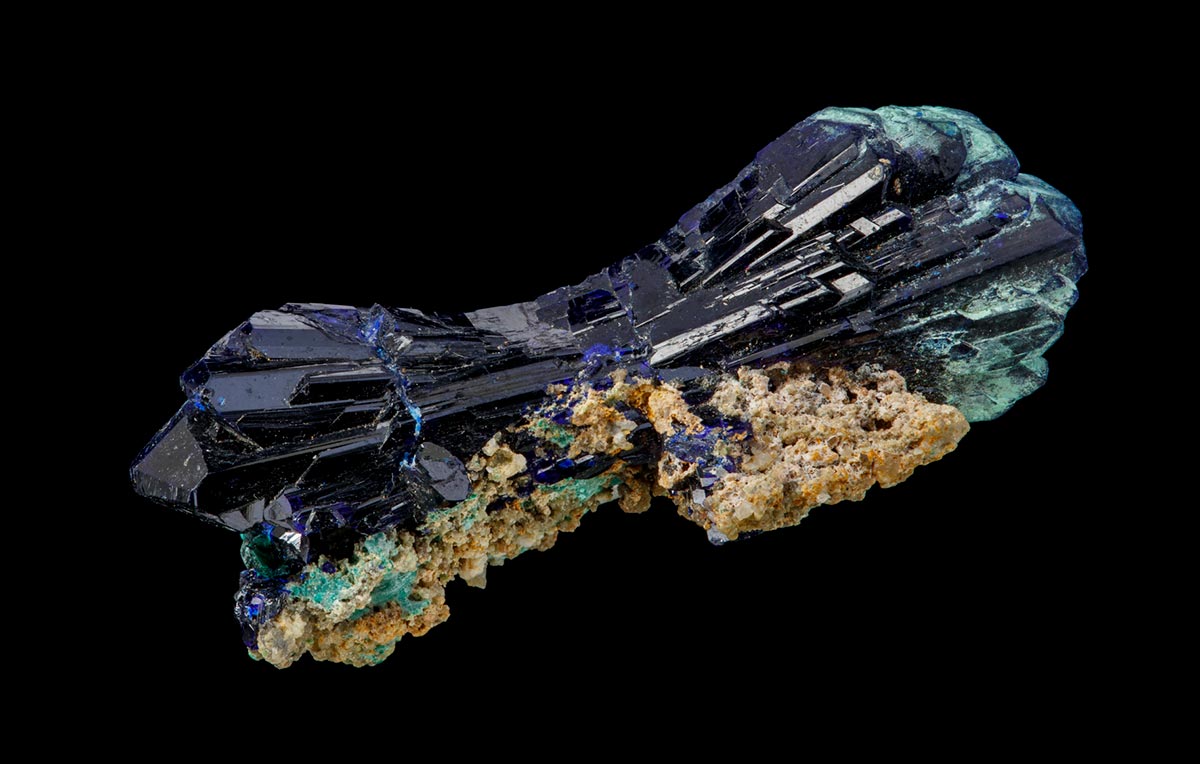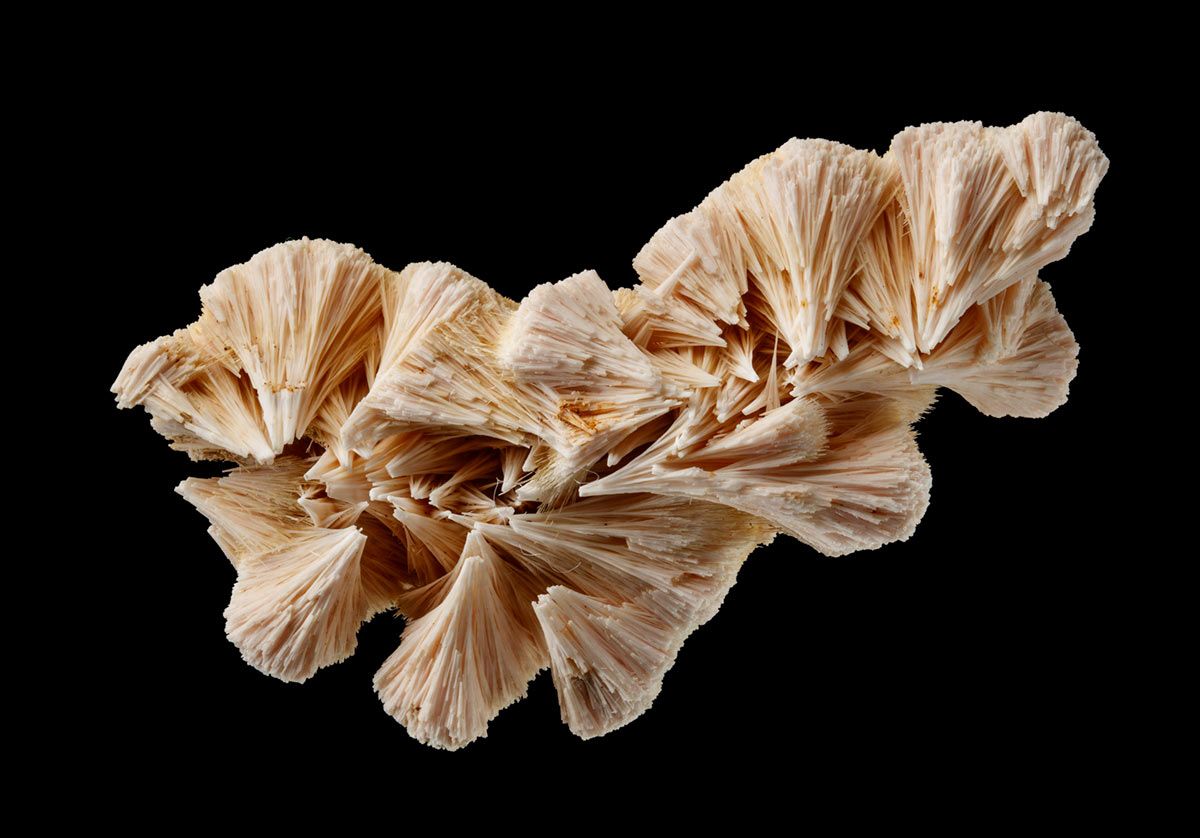In September 1883 a sheep station worker named Charles Rasp discovered what he thought was tin oxide on an unusual formation known as ‘the broken hill’. It turned out to be a specimen rich in lead and zinc.
Two years later large quantities of silver were discovered. Soon miners from around the country were arriving to help mine the precious metals at this unique location. By 1891 Broken Hill, as it was officially named, was one of the biggest sources of lead, zinc and silver in the world, and the population of the town grew to more than 20,000.
An array of minerals
The ore body that drew people to Broken Hill also contained a spectacular array of mineral specimens, including numerous minerals that were previously unknown. But how did this region become so rich in mineral wealth? The answer lies in its deep geological history.
About 1.7 billion years ago the region that is now Broken Hill was underwater. Whether it was a marine or freshwater body is still a matter of debate, but volcanic activity forced hot fluids containing dissolved metal sulphides into the cold water, forming clouds of black precipitates. These eventually settled on the bottom, forming thick layers of rich metal sulphides.
Over the next billion and a half years, geological and chemical processes transformed these layers, creating the spectacular array of minerals and the lead-zinc-silver ore bodies that first drew miners to the area.
Great Southern Land
The Museum’s environmental history gallery, Great Southern Land, features minerals from the Broken Hill area collected by AG Smith, CV Latz and CM Chidley.
This display reinforces one of the main themes of the gallery – that the deep history and powerful forces of the continent are an ongoing influence on human society.
In our collection







